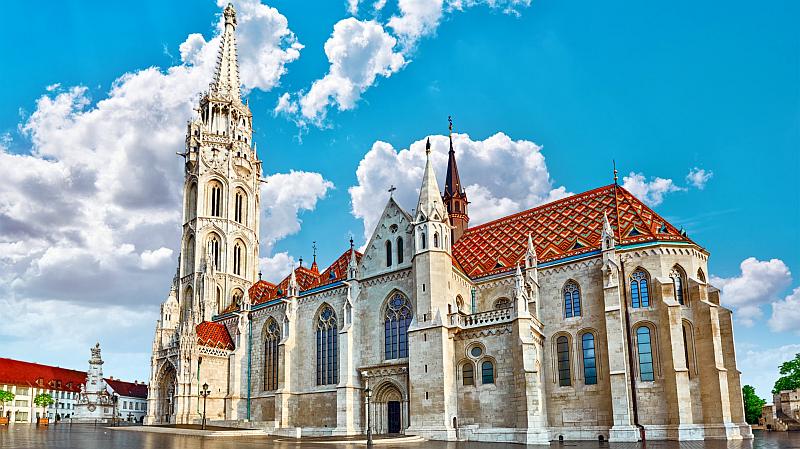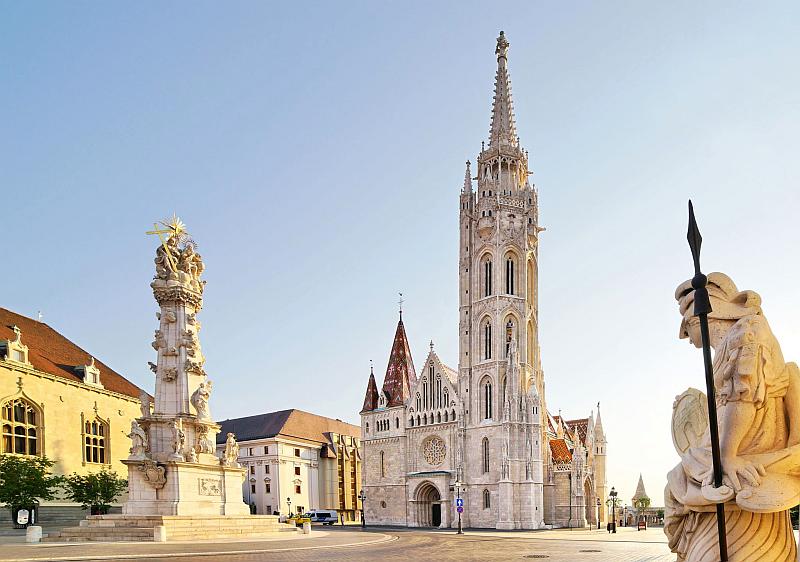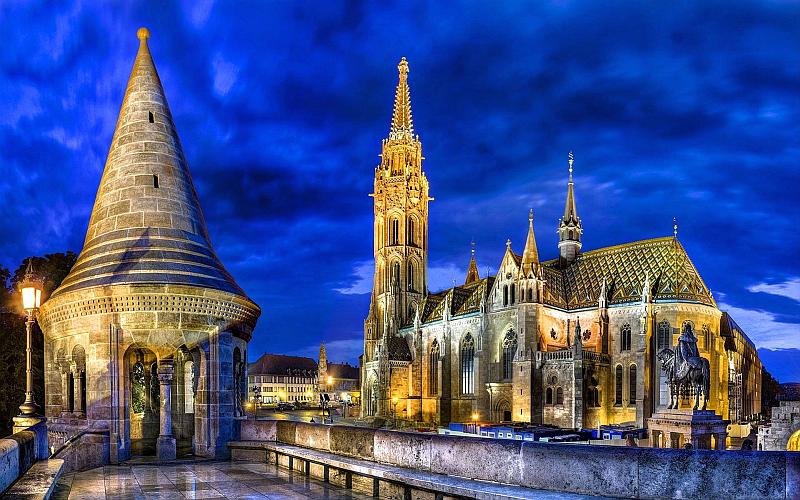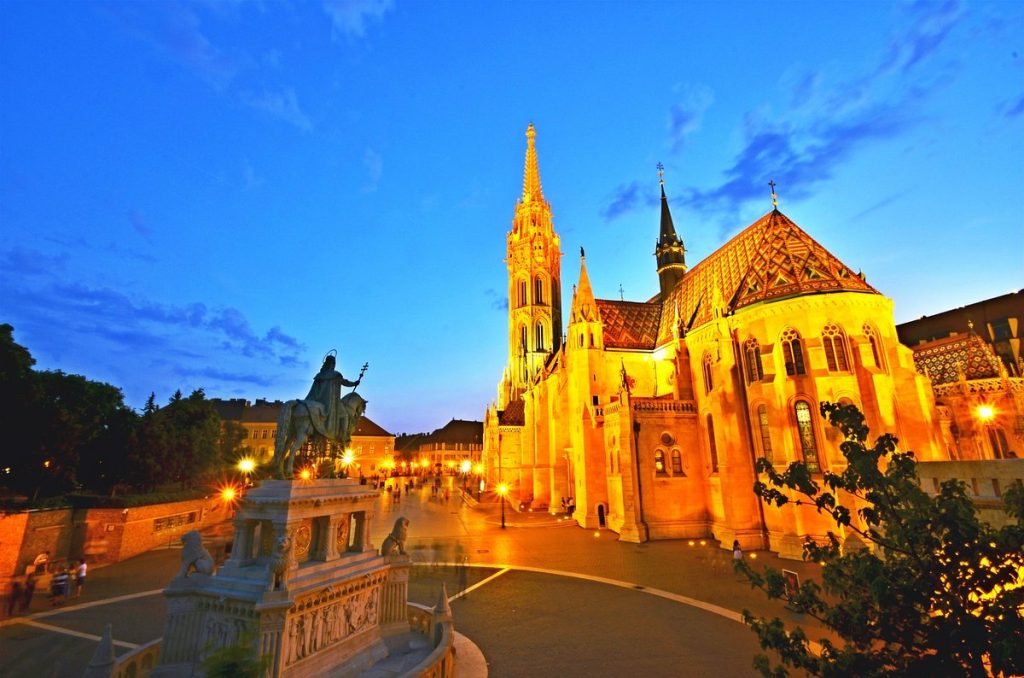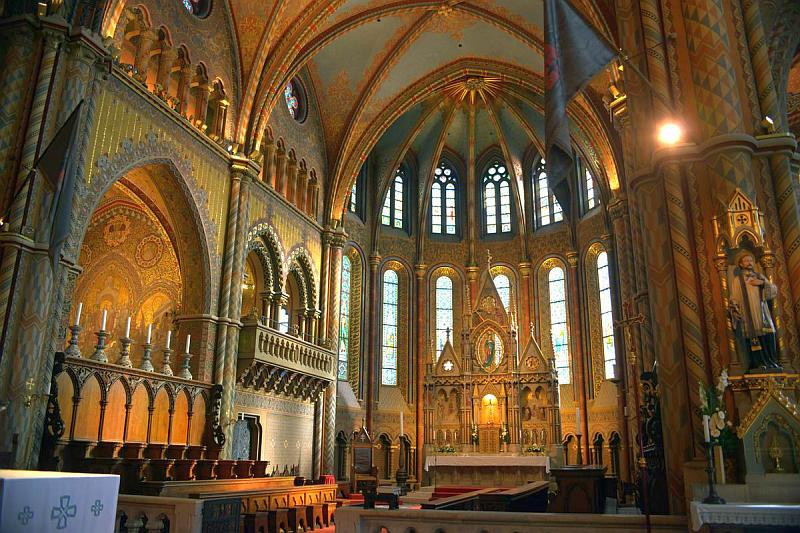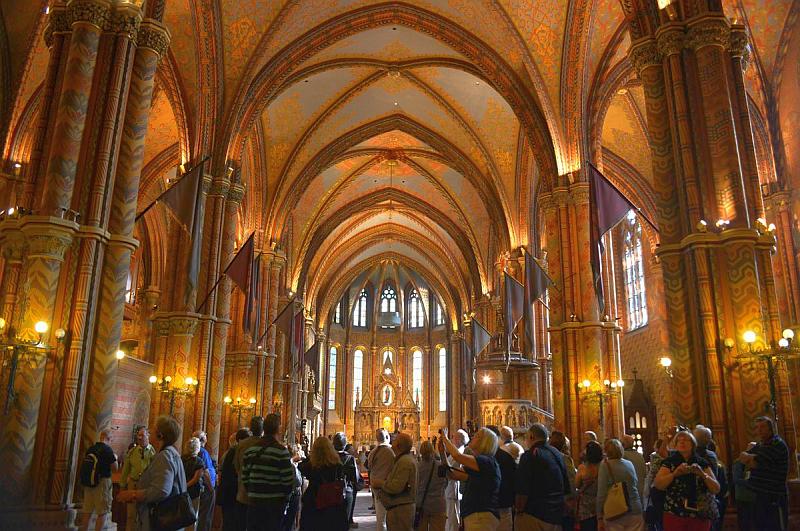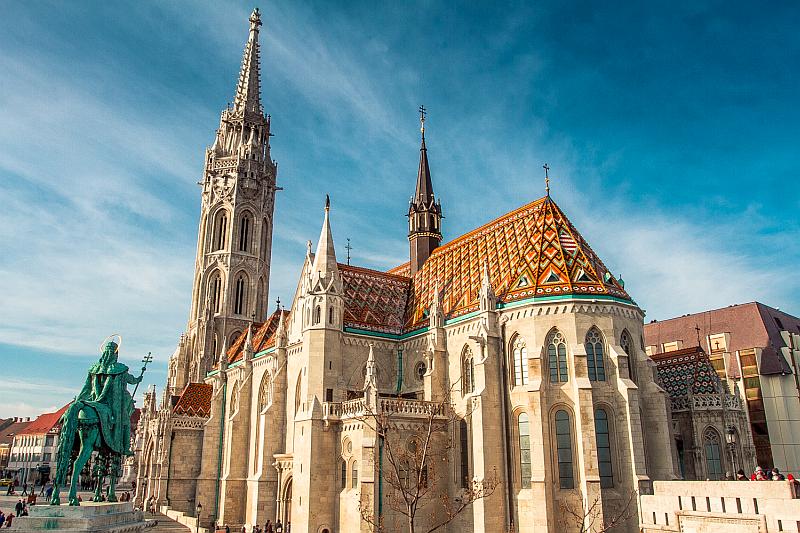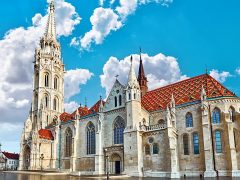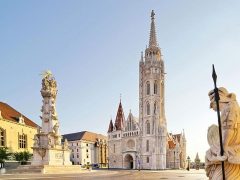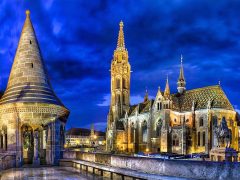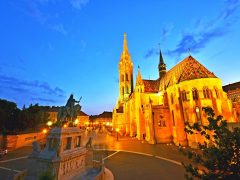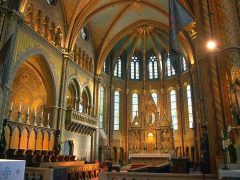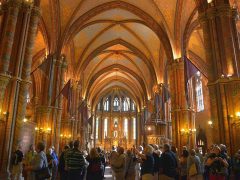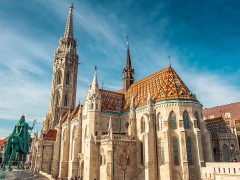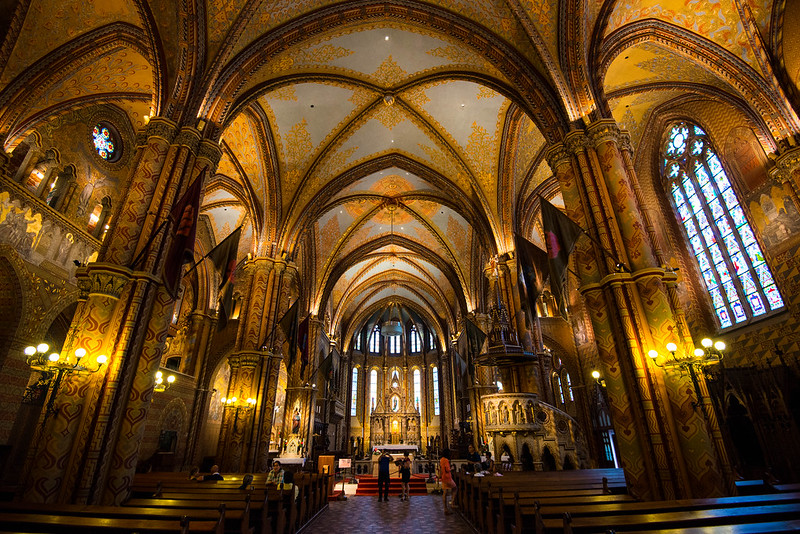Matthias Church: Budapest’s Timeless Gem
A Tapestry of Time and Tradition
Nestled in the historic Castle District, Matthias Church, known officially as the Church of Our Lady of Buda, beckons visitors with its architectural grandeur and tales of bygone days.
A Mosaic of Cultures and Eras
Since its origins in the 13th century, Matthias Church has witnessed Budapest’s ever-evolving saga. From its foundations as a place of Christian worship, its transformation into a mosque during the Ottoman era, to its reimagining in the neo-Gothic style under architect Frigyes Schulek, the church has gracefully embraced the shifts of time.
Architectural Poetry in Stone
Distinguished by its two asymmetrical towers, the church’s façade boasts the unique craftsmanship of Zsolnay glazed roof tiles. Venture within, and a world of artistry unfolds. Lavish oak gates welcome you to interiors bathed in the vivid hues of stained-glass windows and adorned with intricate ceramic tiles. Mural works by eminent-era painters narrate tales of faith and reverence.
An Elevated Experience
For those with an adventurous spirit, the Matthias Tower offers an unparalleled view of Budapest’s skyline. Climbing its winding spiral staircases rewards you with sweeping vistas of the Danube River and the majestic Buda Castle.
Echoes of the Past, Whispers of the Present
Today, the church’s latest renovation boasts an impressive 150,000 roof tiles from the renowned Zsolnay factory in Pécs. As a testament to its allure, the Matthias Church draws nearly a million souls annually, each seeking a momentary escape into Budapest’s rich tapestry of history and faith.
Did you know about the Matthias Church?
Matthias Church, known in Hungarian as Mátyás-templom, is one of Budapest’s most unique and historically significant churches. Here are some key facts about Matthias Church:
- Historical Significance: The church’s history dates back over 700 years, making it one of the oldest buildings in Budapest. It has been the site of several coronations, including that of King Charles I of Hungary in 1309, and it served as a mosque for over 150 years during the Ottoman occupation of Hungary.
- Location: Situated in the heart of the Castle District, atop Castle Hill in Buda, Matthias Church is a prominent feature of the Budapest skyline and offers stunning city views.
- Architectural Style: The church is a beautiful example of Gothic architecture, but due to numerous rebuilds and additions over the centuries, it also features elements of Romanesque and Baroque styles. Its colorful tiled roof and ornate spires make it a distinctive landmark.
- Interior Artwork: The interior of Matthias Church is just as impressive as its exterior, with magnificent frescoes, stained glass windows, and a richly decorated sanctuary. The church also houses a collection of religious art, including medieval stone carvings and ecclesiastical treasures.
- The Holy Crown of Hungary: Matthias Church was the location for storing the Holy Crown of Hungary (also known as the Crown of St. Stephen) for centuries. This crown is a key symbol of Hungarian sovereignty.
- Restorations: The church has undergone extensive restoration work several times in its history, most notably in the late 19th century under the direction of architect Frigyes Schulek. These restorations have helped preserve its architectural and historical significance.
- Cultural and Tourist Attraction: Today, Matthias Church is a place of worship and a major cultural and tourist attraction. It hosts concerts and other cultural events and is a popular site for tourists visiting Budapest.
- Matthias Bells: The church is renowned for its bells, especially the Matthias Bell, the largest bell in Hungary, which was cast in 1723 and later restored.
Matthias Church symbolizes Budapest’s rich history and cultural heritage, representing a blend of architectural styles and centuries of Hungarian history. It remains one of the city’s most beloved landmarks.
Conclusion
Matthias Church is not merely a structure; it’s an enduring symbol of Budapest’s spirit, resilience, and artistic prowess. Whether you’re a history enthusiast, an architecture admirer, or a traveler searching for soulful experiences, the Matthias Church promises an unforgettable journey into the heart of Hungarian heritage.
